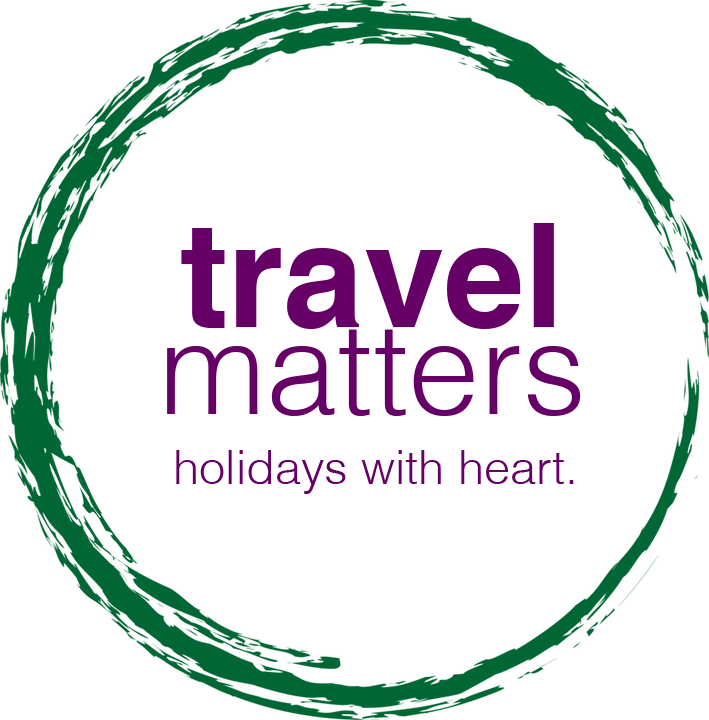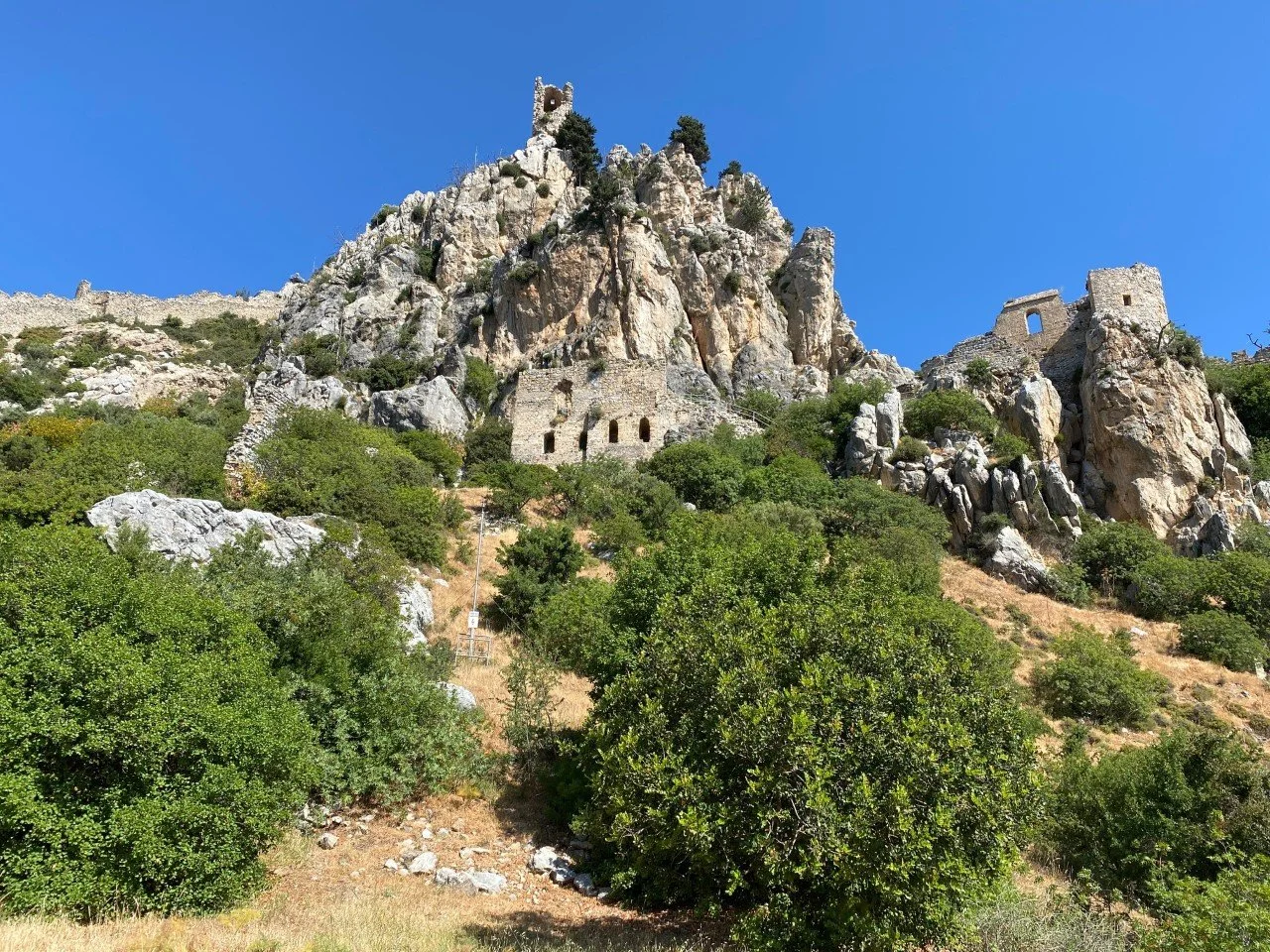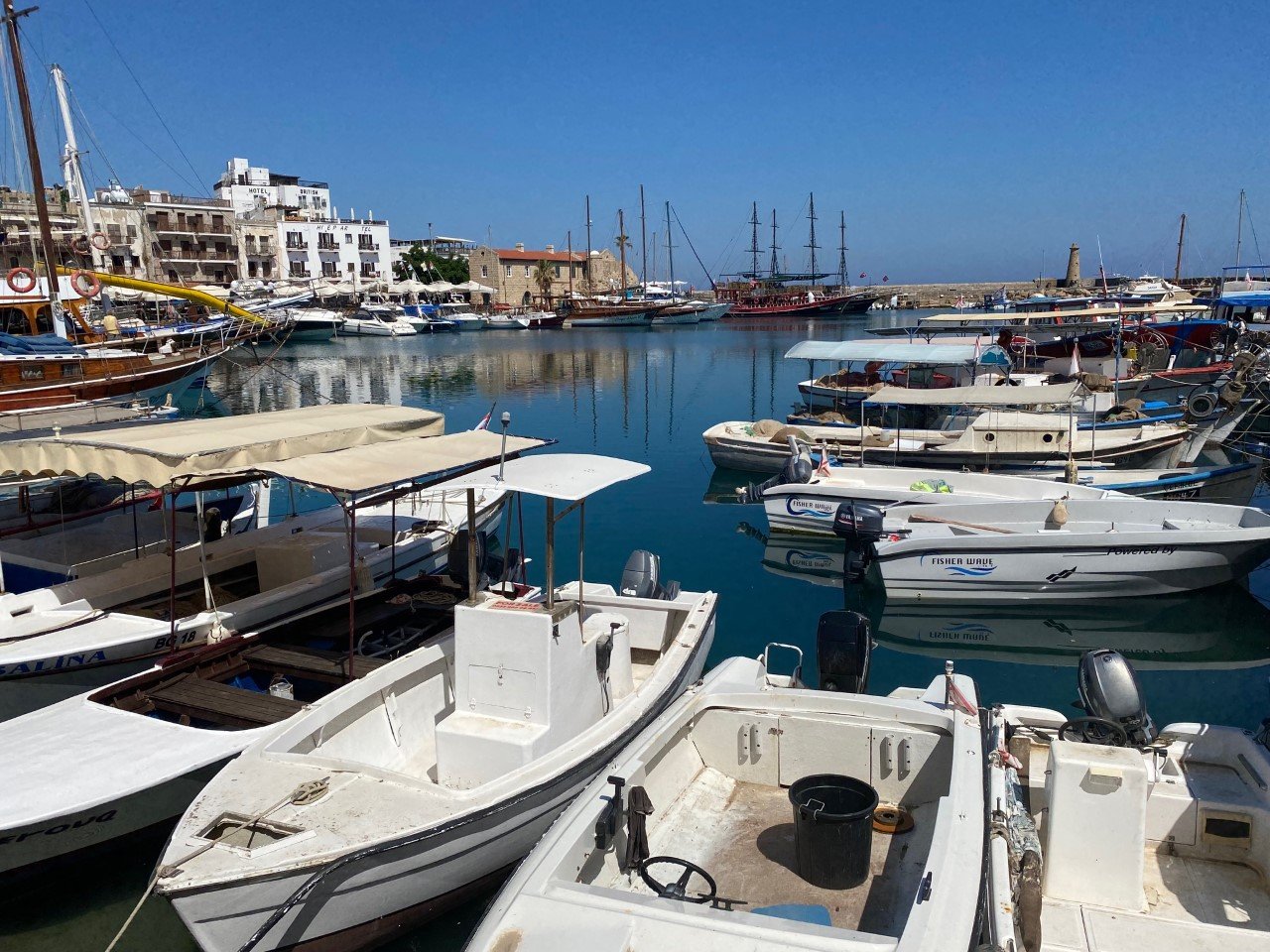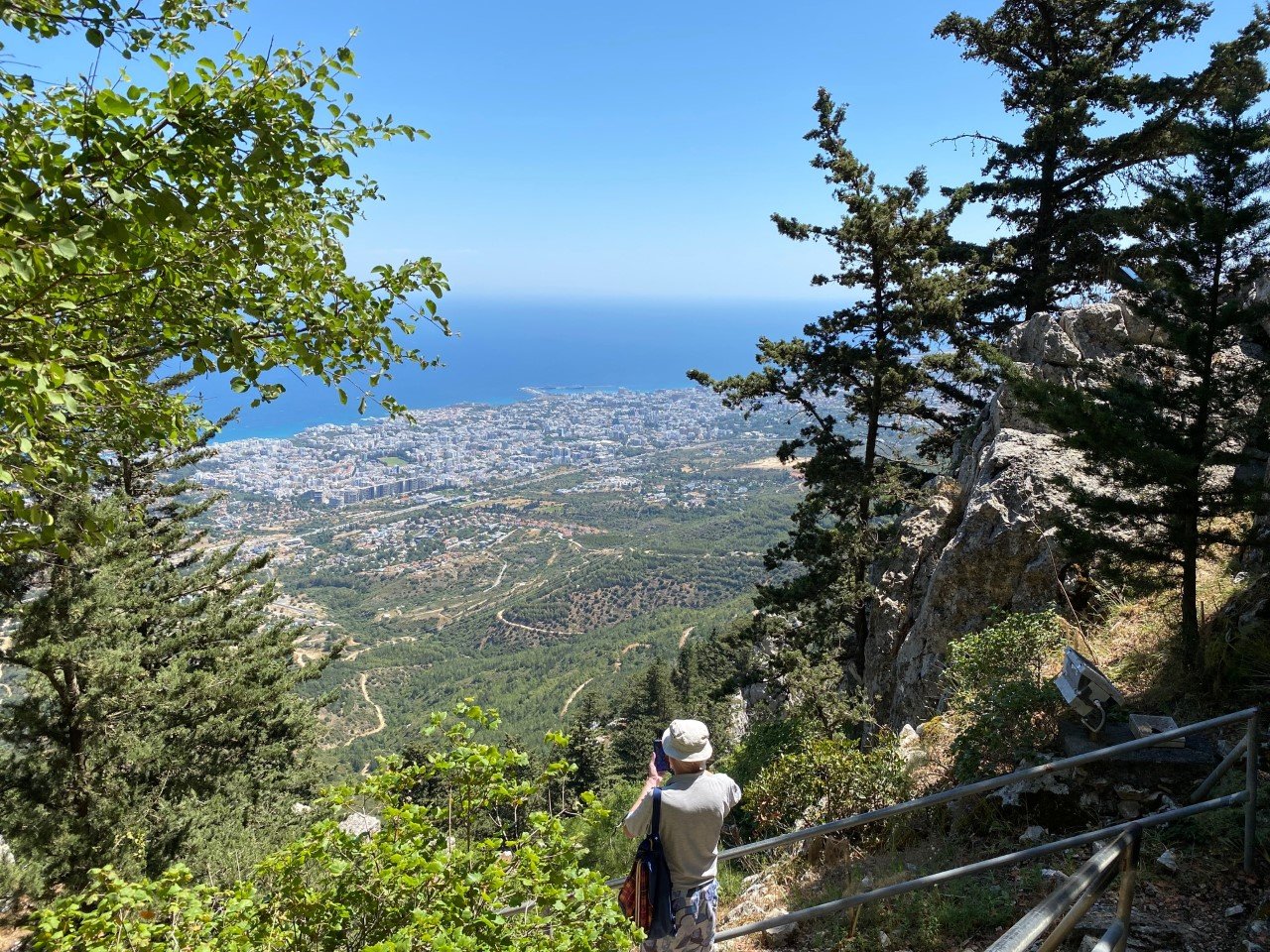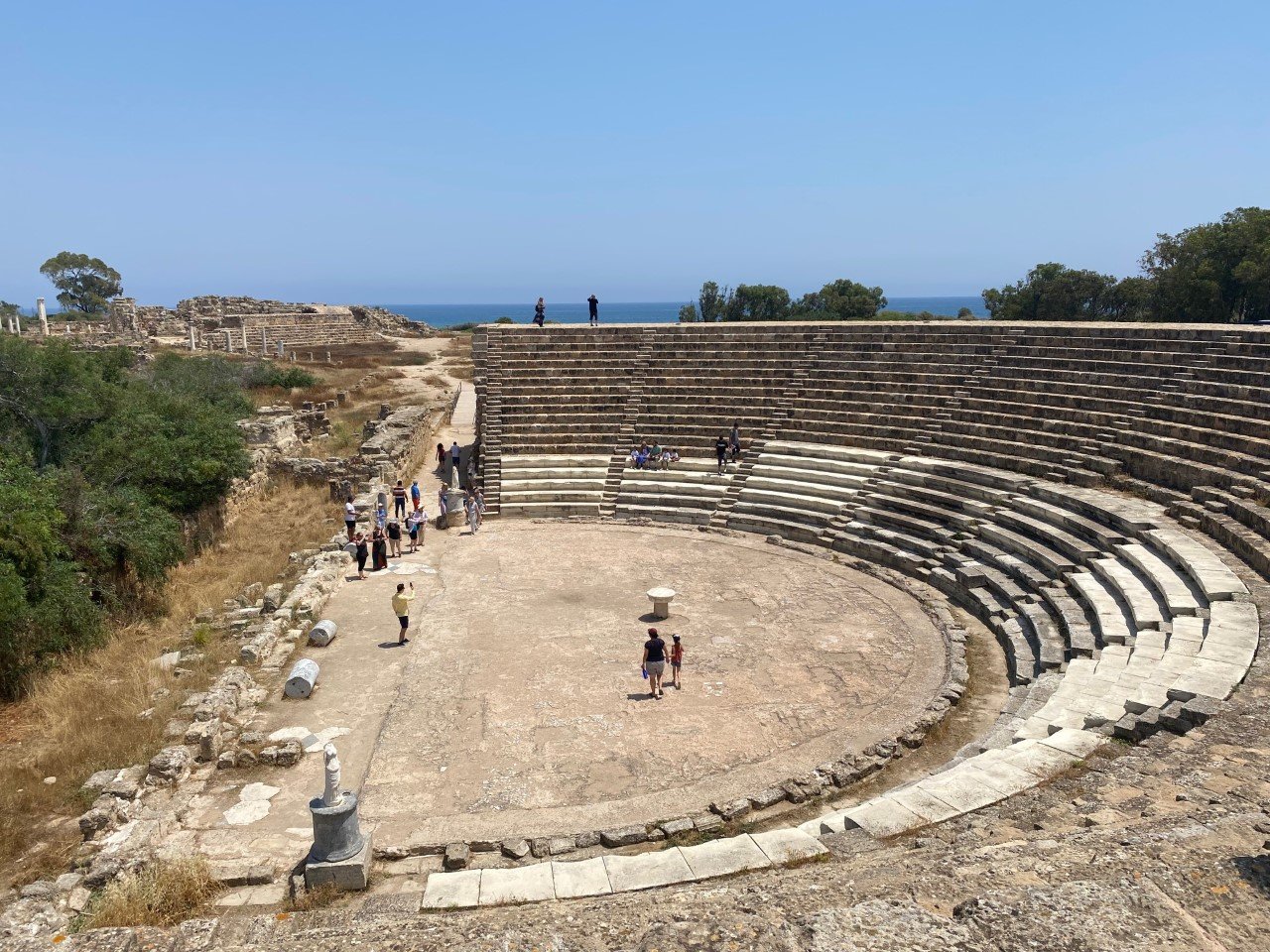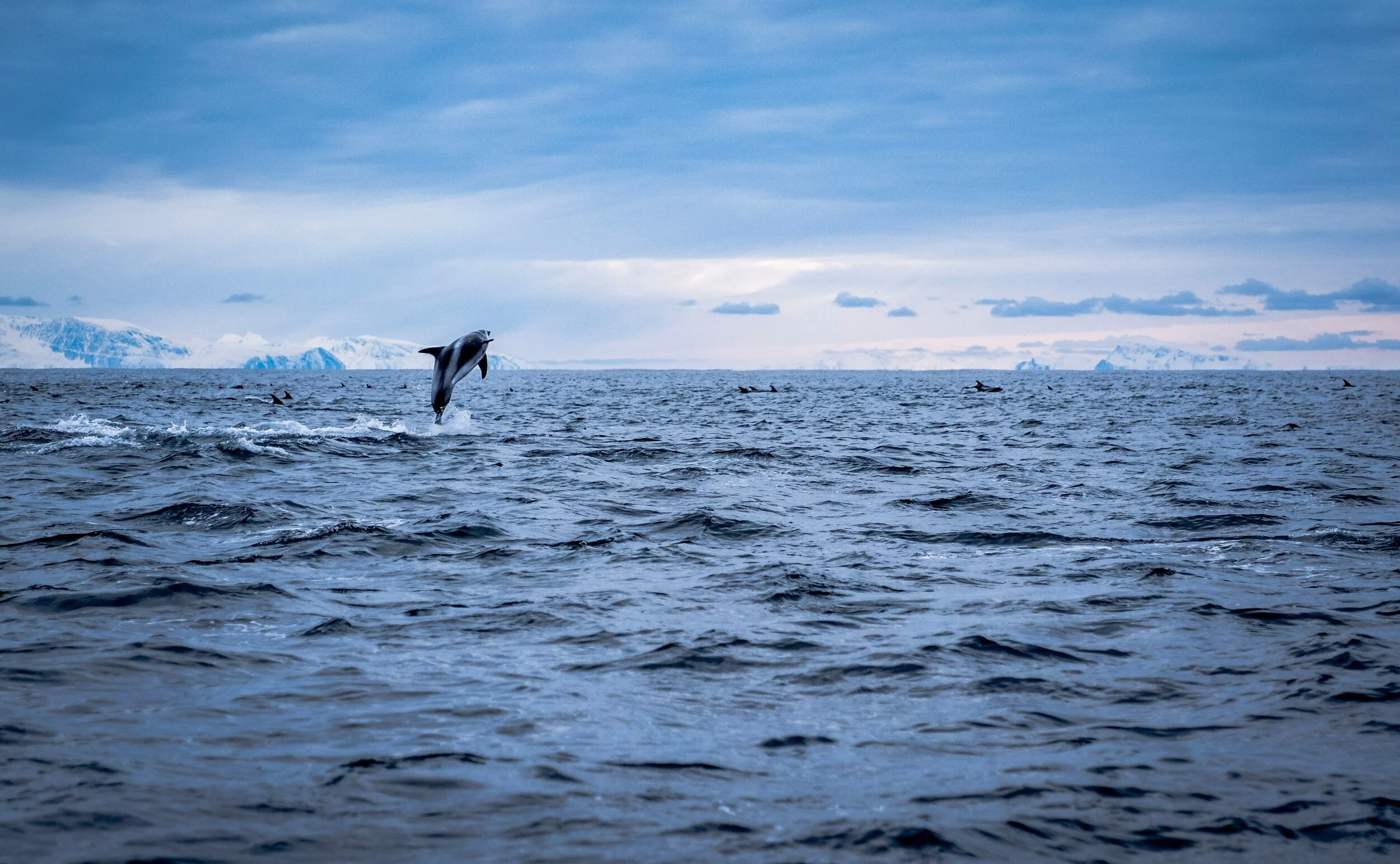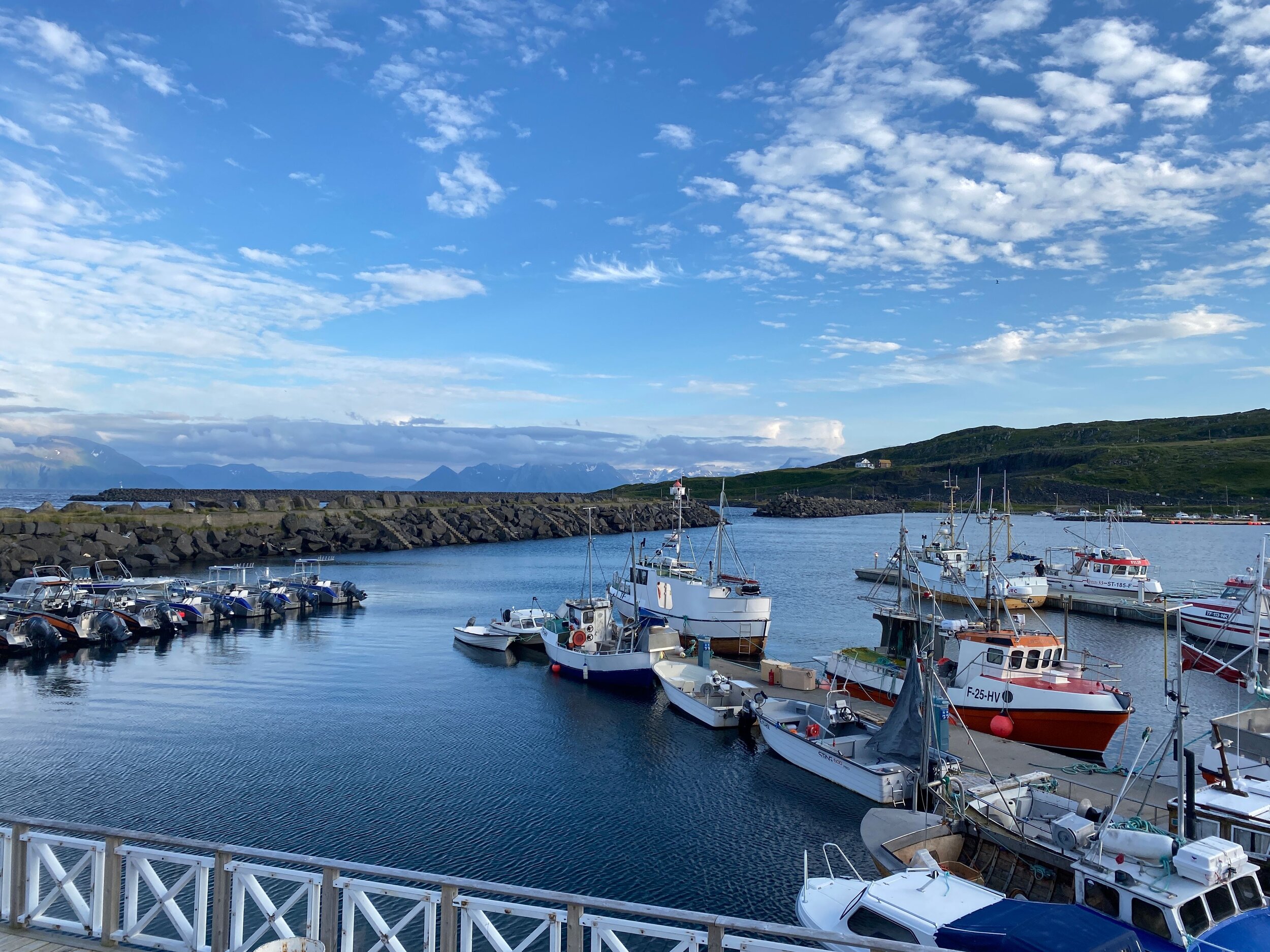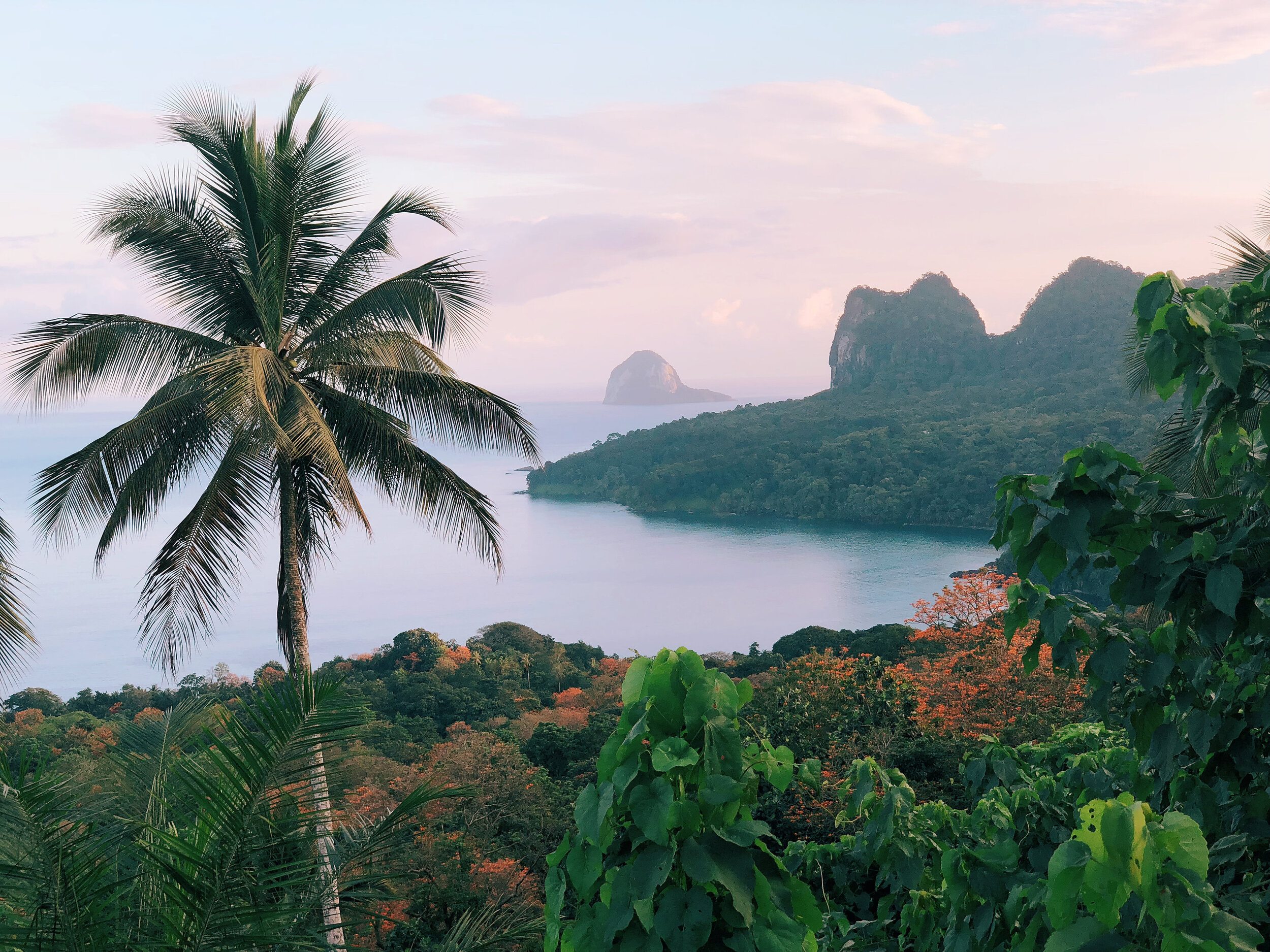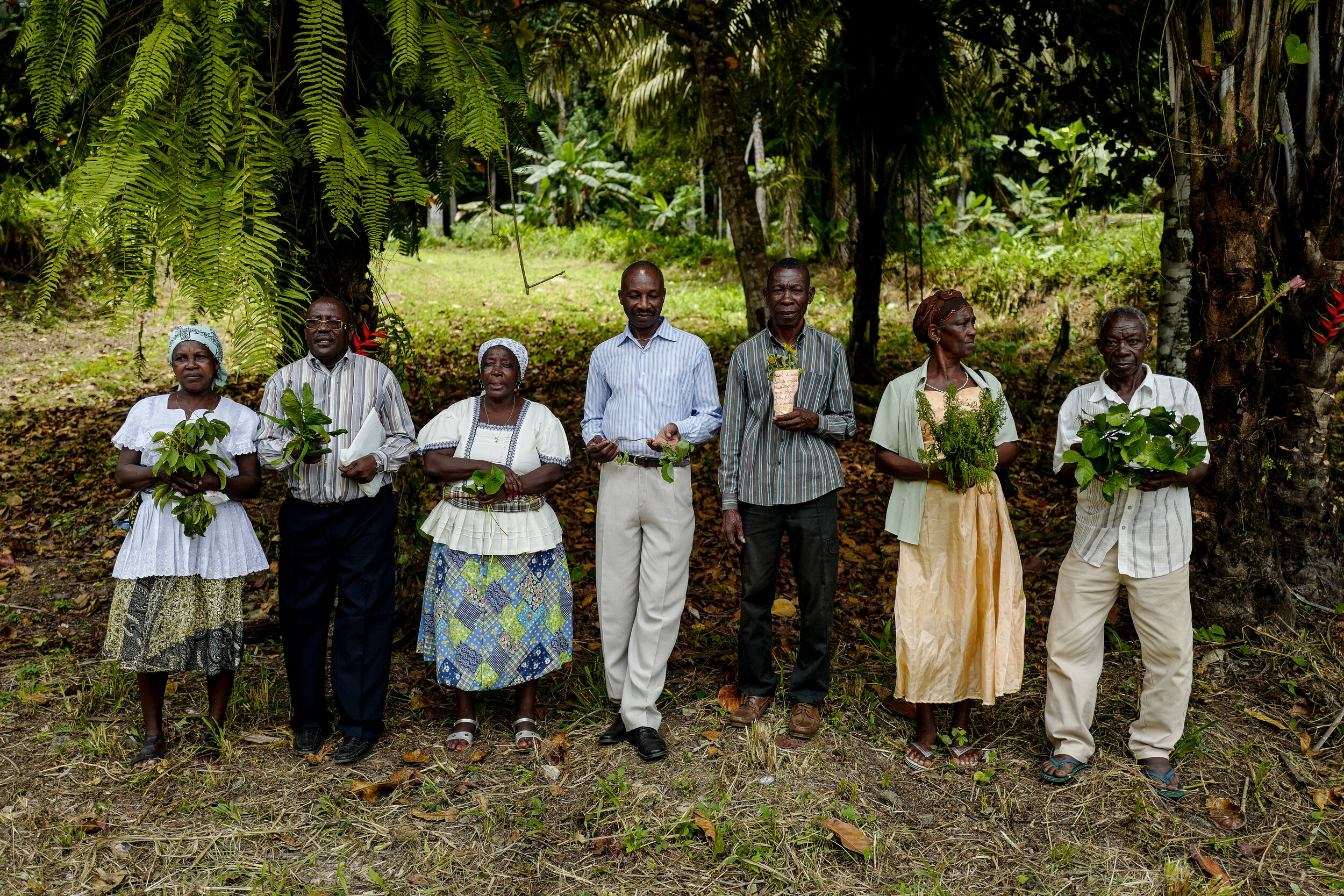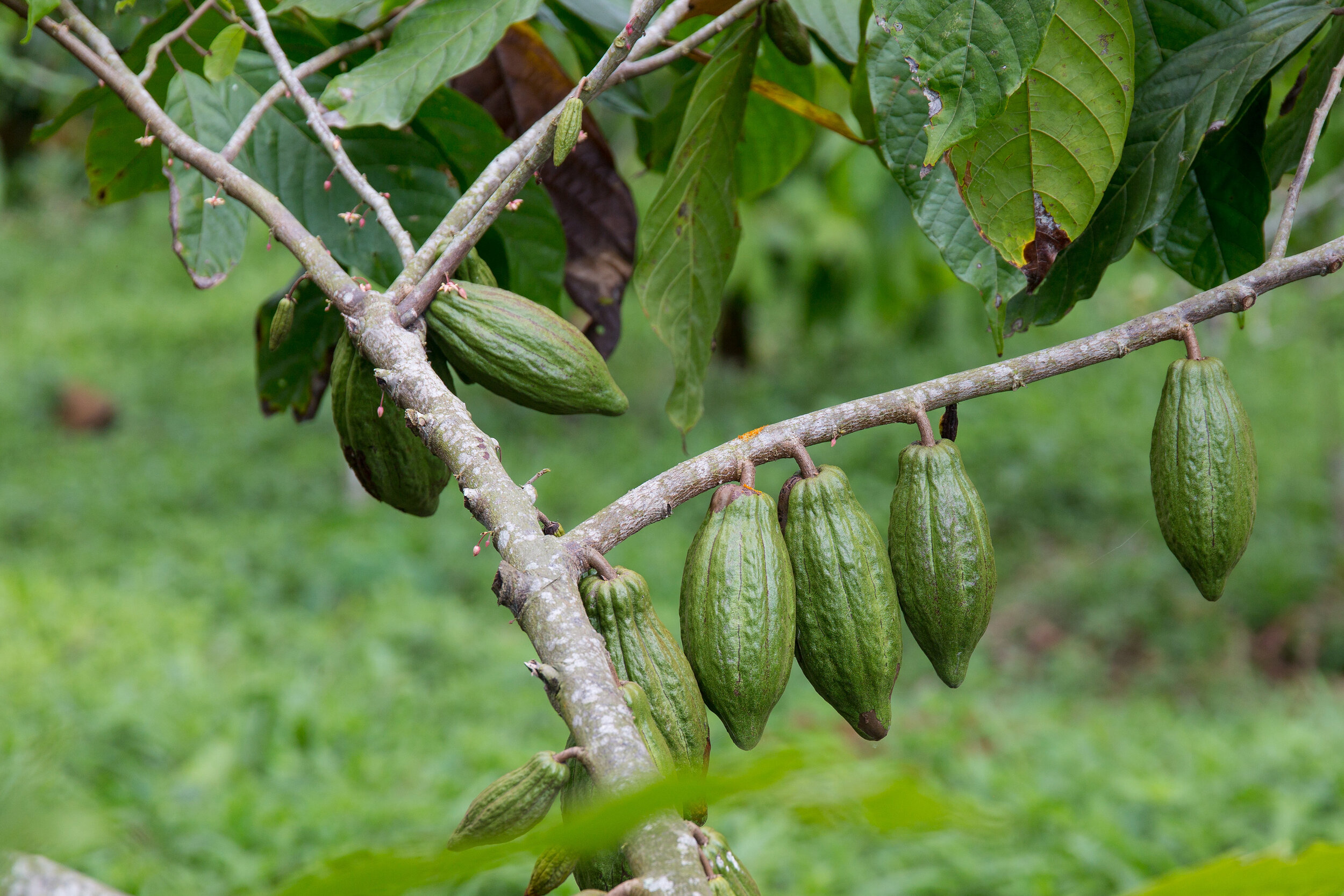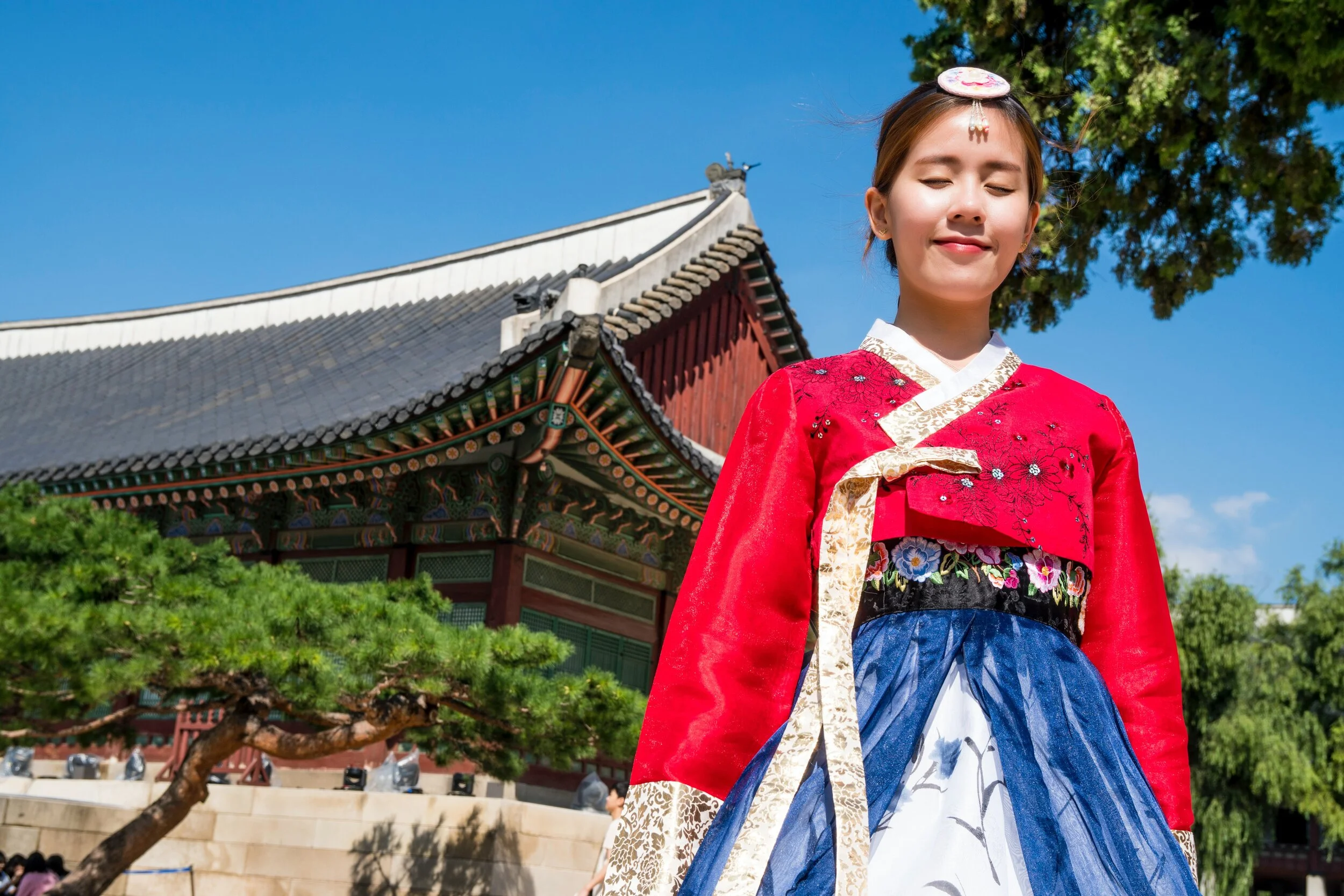I booked my Walking and Trekking holiday to Northern Cyprus in January 2020, just a couple of months before we were all condemned to travel lockdown. I was offered cash-back for my trip, but I had heard so much about the beauty and fascination of the area that I postponed my trip for a year, and then - for yet another year, until May in 2022. It was definitely well worth the wait and lived up to all my expectations.
I had previously visited Southern Cyprus a couple of times, both in the Paphos region and up in the Troodos Mountains, but had never crossed to the north via the legendary Green Line. Many people, including those who had been in the British forces during the "troubles", had told me that the North of the island, now officially called the Turkish Republic of Northern Cyprus, was much more attractive than the South.
My impression of the South, with its many archaeological sites and monuments to Aphrodite, is of a country with a sea such a deep blue that we in more northern climes can only dream of seeing it, a climate that offers a gentle breeze to alleviate the heat, and excellent and not-too-expensive food served by friendly waiters in tavernas on hillsides "with a view". There is, however, such a hangover from the British Empire days that sometimes there is very little feeling of "being abroad". The British ex-pat community live a happy life that is rather like being in Sussex in the sun. Which is wonderful, but sometimes we ask for a little more "exoticism" when we are on holiday. This is what I experienced once I crossed the Green Line.
Of course the history of the island is shared between both the Greek and Turkish "halves" of the island, and I am no expert in politics, but through conversations with people of both sides, it seems that the average person would very much like a reconciliation. In the meantime, to go north, we need to fly into Larnaka in the Greek sector, and travel via the border control on the Green Line in Nicosia for about an hour, in order to enter the Turkish sector. Only planes from Turkey itself are allowed to fly into the comparatively small airport in the north. Nicosia is the only capital city in the world to be divided into two and shared by both the North and South.
Once over the border you do feel like you are in a different country with a more middle eastern feel: narrow streets with pretty little houses, busy markets, more minarets, Turkish coffee (!) and wine, and, once you get outside the city, the landscape is definitely more dramatic and exciting: huge mountains dominating the skyline, covered in thousands of huge trees, and a fertile plain that stretches forever.
My holiday consisted of days mostly spent in clambering up and down the tree covered mountains, through dried up rivers covered in huge boulders and slippery gravel, proving the usefulness of hiking sticks or extremely long legs. A certain level of fitness was definitely necessary, but it was all manageable for older people (like myself).
Not just at the very top, but all the way up and along these forest paths, the views were spectacular. We also visited quite a few castles built high up in the peaks: Kyrenia Crusader Castle, Saint Hilarion Castle, Kantara Castle, Buffavento Castle, the history of which (dating back to Phoenicians, Romans , Byzantines, French etc.) was all related to our small group by our excellent guide, Gizer, accompanied by some interesting little tit-bits as to how a certain queen would drown her lovers before her husband the king got back from his crusades, how Richard the Lion Heart wasted no time in ferociously avenging the kidnapping of his fiancé, and (in the amazing Roman ruins of Salamis) how the men would all sit together in a huge half circle on the wooden toilet seats discussing the problems of the world, or who was likely to win the next major sporting event.
Interesting too are the many huge churches, originally for the Greek Orthodox Church, left in perfect condition, or actually being renovated, which is proof to the fact that, in this part of the world, Islam and Christianity can live peacefully side by side.
My favourite moment was visiting the beautiful 12th century abbey in Bellapais, made famous by Laurence Durrell in his book "Bitter Lemons". Then, walking up the steep road to his house, the renovation of which he describes so vividly, was a magic moment. Incidentally, the house is for sale!
A sadder excursion was to Famagusta, and the "ghost town" of Varasha, closed to civil life since the conflict of 1974. The hotels are all still there, as are the houses, and some say that, locked in underground car parks , there are still dozens of luxury cars. On the beach (said to be one of the best in Europe) where Richard Burton and Elizabeth Taylor once frolicked, a few umbrellas and sun beds are now permitted, but nothing else is open. Apparently the zone is a part of a possible negotiation for re-unification!
The food in both parts of the island is equally good, but a bit cheaper in the north. So, my advice is, take a holiday in both North and South Cyprus!
Our client Patricia Pearson travelled to North Cyprus in May 2022
